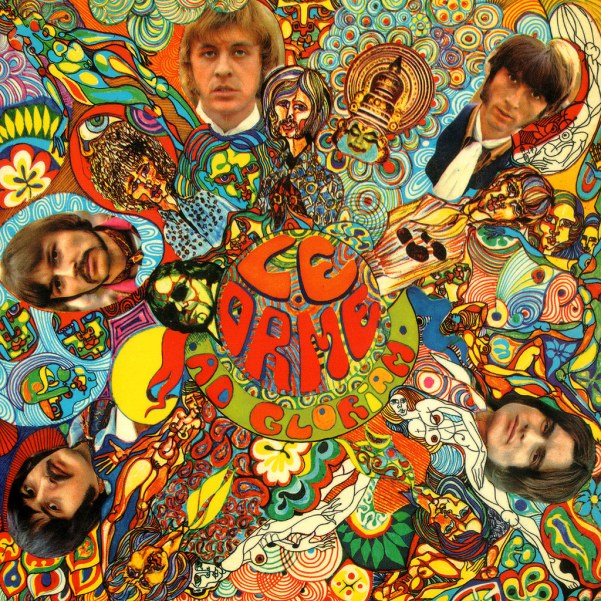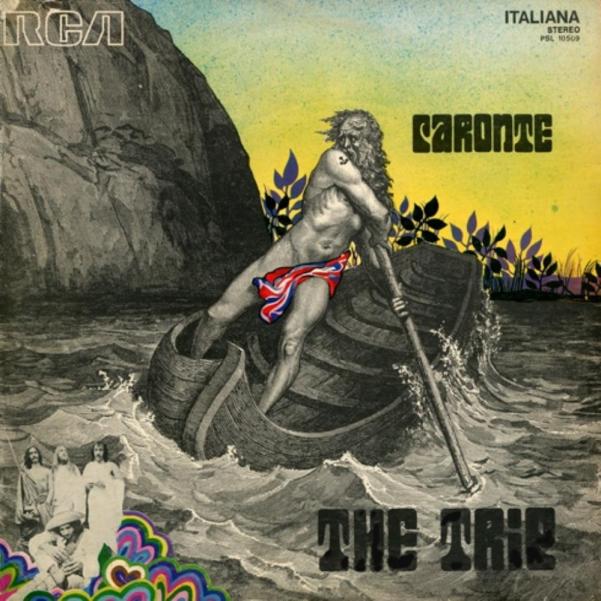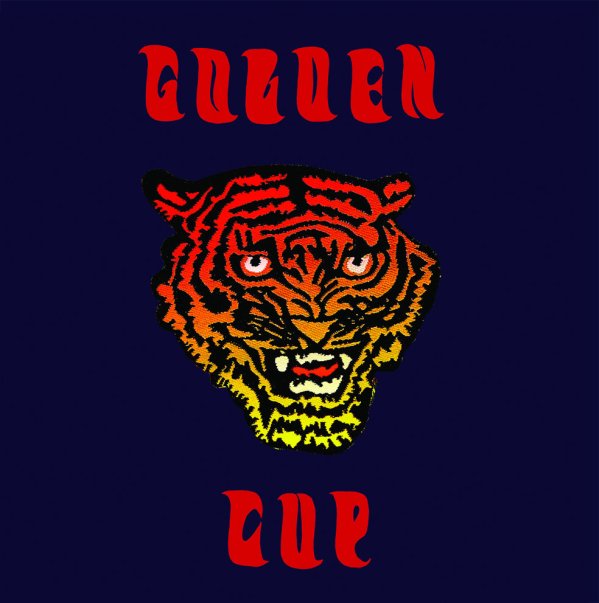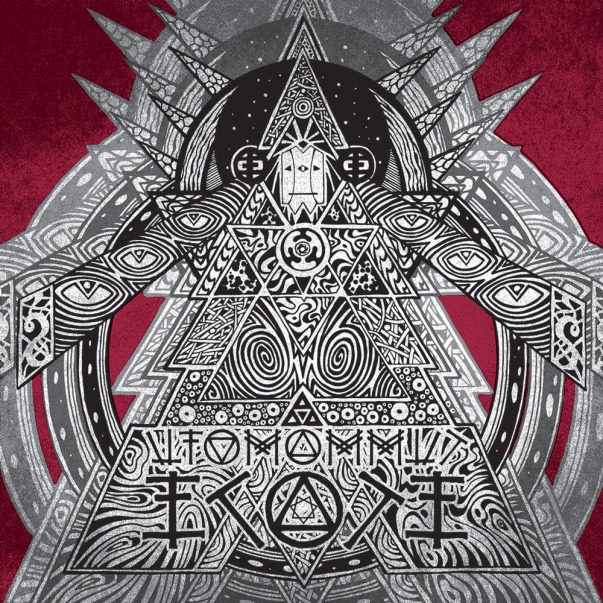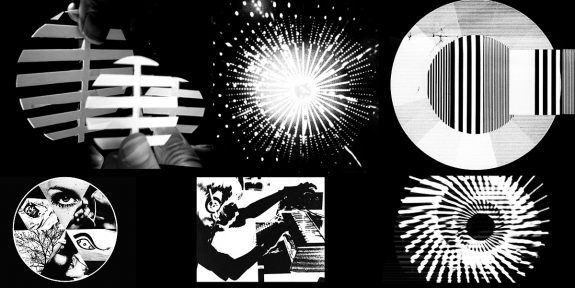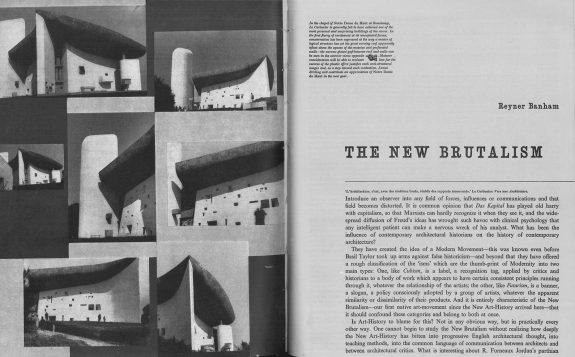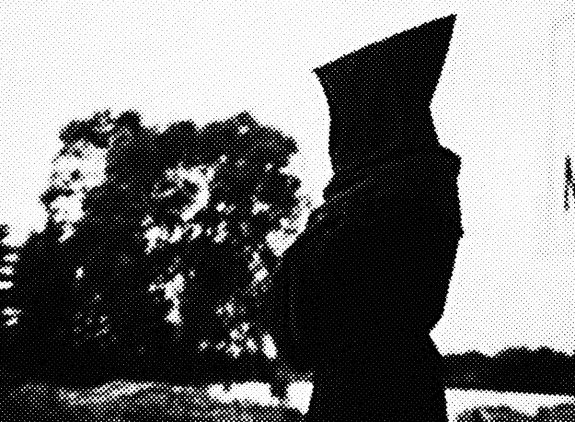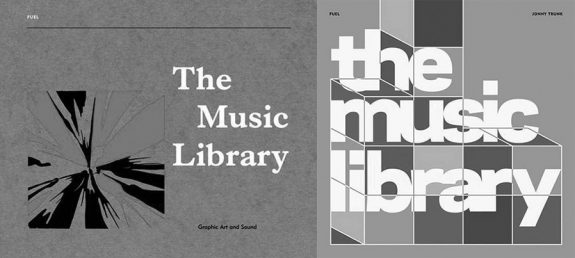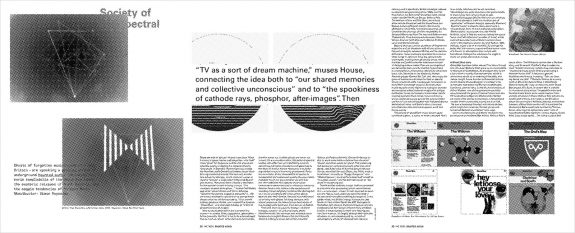
A Sense of Doubt blog post #3178 - HAPPY HALLOWEEN!! Werewolf by Night #15 with Dracula! - THAT ONE THING
I had another post planned for today, but I am in a bind with time, so I am splitting my Halloween celebrations in two, three technically if you count yesterday's post on IOP -- Italian Occult Psychedelia.
So, for Halloween, here's a classic Mike Ploog cover from Werewolf by Night #15 from the 1970s that came across my screen saver, which is what decided me on this course of action.
This is THAT ONE THING for Halloween!
+++++++++++++++++++++++++++++++++++++++++++++++++++++++++++++++++++++++
+++++++++++++++++++++++++++++++++++++++++++++++++++++++++++++++++++++++
+++++++++++++++++++++++++++++++++++++++++++++++++++++++++++++++++++++++
- Bloggery committed by chris tower - 2310.31 - 10:10
- Days ago = 3042 days ago
- New note - On 1807.06, I ceased daily transmission of my Hey Mom feature after three years of daily conversations. I plan to continue Hey Mom posts at least twice per week but will continue to post the days since ("Days Ago") count on my blog each day. The blog entry numbering in the title has changed to reflect total Sense of Doubt posts since I began the blog on 0705.04, which include Hey Mom posts, Daily Bowie posts, and Sense of Doubt posts. Hey Mom posts will still be numbered sequentially. New Hey Mom posts will use the same format as all the other Hey Mom posts; all other posts will feature this format seen here.








